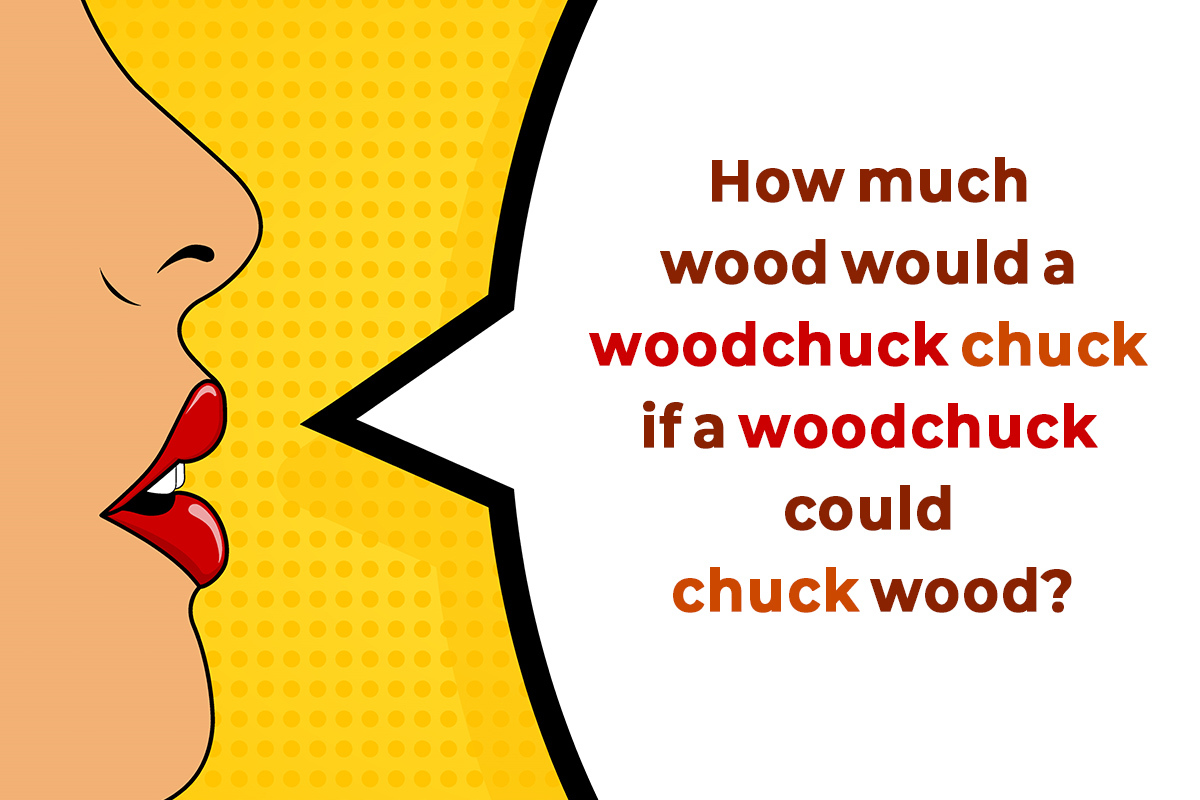Tongue twisters are a wonderful linguistic phenomenon that never fail to fascinate and challenge us. These funny sentences are meant to trip up the tongue, leaving even the most fluent speakers tongue-tied. In this blog, we will look at the history and linguistic characteristics of tongue twisters, as well as present a variety of mind-bending examples that will surely tie your tongue in knots.
Introduction to Tongue Twisters
Tongue twisters, also known as phrase or wordplay, are word sequences that are difficult to pronounce fast and precisely due to similar sounds or sound arrangements. They frequently use rhyme, consonance, and repetition to create a tangled web of words that pushes the boundaries of our language abilities. Tongue twisters have been liked for generations, crossing cultural and linguistic boundaries to become a popular form of entertainment as well as a useful tool for speech therapy and language learning.
The History of Tongue Twisters
Tongue twisters have their origins in ancient oral traditions, where they were used as mnemonic devices, speech development aids, and sources of fun. Tongue twisters originated in many civilizations around the world, usually in the form of nursery rhymes, folk songs, or tongue twister tournaments. For example, the Sanskrit poet Vidyakara wrote “Tongue Twisting Verses” in the 12th century, demonstrating the ongoing popularity of these linguistic difficulties.
Tongue twisters became famous in English literature during the nineteenth century, thanks in part to authors such as Lewis Carroll and Dr. Seuss, who included them in their writings. One of the most well-known early tongue twisters is “Peter Piper,” which was originally published in 1813. Tongue twisters have spread since then through a variety of mediums, including books, poems, songs, and tongue twister challenges on social media.
Linguistic Features of Tongue Twisters
Tongue twisters are more than just tongue-twisting sentences; they are linguistic marvels that show the complexity of language and speech. Many tongue twisters use alliteration, which is when successive words start with the same sound or letter, as “She sells seashells by the seashore.” This recurrence of consonant sounds produces a rhythmic pattern, which adds to the difficulty of articulation.
Tongue twisters also frequently use harmony, which is the repetition of consonant sounds within or at the conclusion of syllables. For example, the sentence “How much wood would a woodchuck chuck if a woodchuck could chuck wood?” has a tongue-twisting effect due to the repetition of the “w” and “ch” sounds.
Additionally, tongue twisters sometimes include phrases that are similar or difficult to pronounce quickly, such as “rubber baby buggy bumpers” or “toy boat.” These sound combinations require accurate pronunciation and tongue-lip coordination, making them ideal speech development and diction exercises.
Tongue Twisters That Will Tie Your Tongue in Knots
Now, let’s have a look at a collection of tongue twisters that are sure to tangle your tongue. Try saying each one a few times rapidly to see if you can master the art of untangling your speech:
1. I slit the sheet, the sheet I slit, and on the slitted sheet I sit.
2. How much wood would a woodchuck chuck if a woodchuck could chuck wood?
3. Sixty slimy snails sailed silently south.
4. The lips of Louise Lisp lisped lusciously.
5. Double bubble gum bubbles double.
6. She stood still staring straight at the starlit sky.
7. Six thick thistles stick through the thick stucco.
8. The glib-tongued salesman sold silken slippers to silly salmon.
9. A skunk sat on a stump and thunk the stump stunk, but the stump thunk the skunk stunk.
10. Fuzzy Wuzzy was a bear, Fuzzy Wuzzy had no hair. Fuzzy Wuzzy wasn’t very fuzzy, was he?
Conclusion
Tongue twisters are a timeless kind of entertainment and linguistic challenge that continue to captivate and delight us. Tongue twisters, whether utilized as a recreational activity, a tool for speech treatment, or a test of linguistic aptitude, continue to have a special place in our hearts and tongues. So, the next time you need a linguistic workout or a good laugh, try these tongue twisters and see if you can get your tongue in knots.
